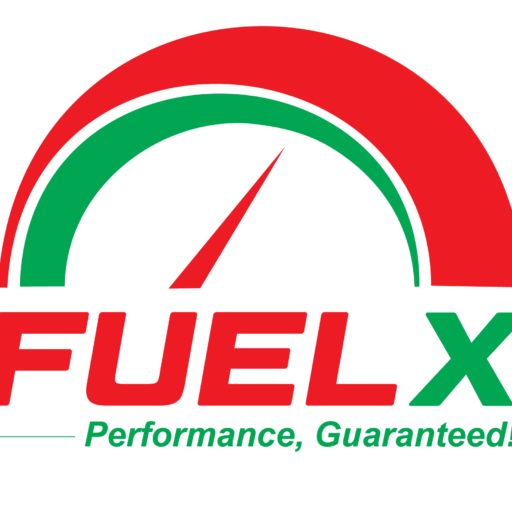As urban centers worldwide grapple with the health and environmental toll of smog and greenhouse gases, innovative technologies like FuelX additives are stepping in to make a significant impact. By reducing emissions from vehicles, FuelX is contributing to the worldwide battle against pollution, aiding cities and countries in their efforts to cut down on harmful gases and improve air quality. This article explores how FuelX aligns with global efforts to combat smog, offering a sustainable solution for people worldwide.
1. China: Comprehensive Air Pollution Control with Industrial and Transportation Solutions
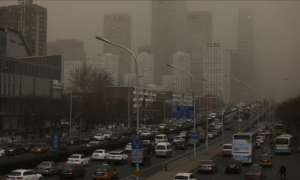
Case Study: Beijing’s Reduction in PM2.5 Levels
China has taken strong actions to curb pollution, particularly in cities like Beijing. Strategies include:
- Reducing Vehicle Emissions: Beijing implemented stringent vehicle emissions standards and alternative fuels, significantly lowering PM2.5 levels. Here, products like FuelX additives can further enhance these efforts by reducing exhaust emissions in both public and private transportation sectors, cutting pollutants, and contributing to cleaner air.
- Switching to Cleaner Fuels: The city’s efforts also involved a push for cleaner fuels. FuelX additives provide an efficient way to enhance fuel performance, optimizing combustion to lower emissions.
Outcome: Between 2013 and 2017, Beijing reduced PM2.5 levels by 35%. FuelX’s Fuel Performance Catalyst (FPC) could complement these measures, bringing additional reductions and helping urban areas meet air quality targets faster.
Source: World Health Organization (WHO) Reports on Air Quality
2. United States: Clean Air Act and Innovative Solutions for Emission Reduction

Case Study: California’s Advanced Clean Cars Program
The Clean Air Act in the U.S. set strict emissions standards, with California leading through policies like the Advanced Clean Cars program. Key strategies include:
- Transition to Electric and Cleaner Vehicles: California has incentivized the adoption of electric and low-emission vehicles. FuelX can further reduce emissions from the existing vehicle fleet, enhancing fuel efficiency and lowering pollution.
- Stringent Industrial Emission Regulations: Reducing industrial emissions requires innovative technologies. FuelX’s additives can help industries that rely heavily on fuel by optimizing combustion, thus reducing their greenhouse gas emissions.
Outcome: California has reduced its pollutant levels by nearly 70% since the 1970s. Products like FuelX could accelerate the transition by making existing vehicles more environmentally friendly.
Source: California Air Resources Board (CARB)
3. India: Urban Air Quality Policies Supported by Fuel Efficiency Initiatives
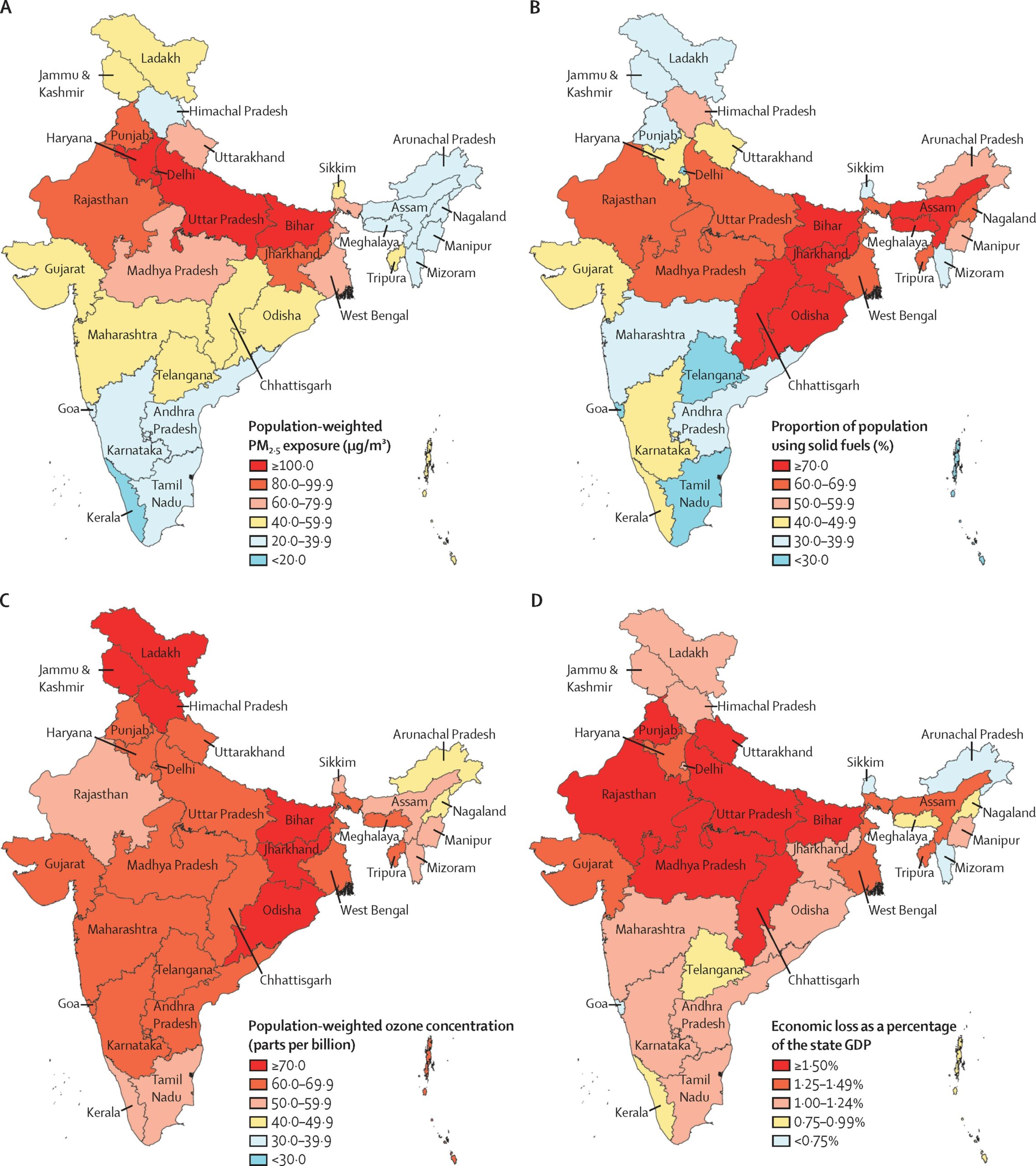
Case Study: New Delhi’s Odd-Even Vehicle Policy and FuelX’s Role
In India, New Delhi has implemented policies like the odd-even rule to control vehicle emissions. However, challenges remain:
- Reducing Emissions Across the Board: FuelX additives can support these efforts by enhancing fuel combustion efficiency and reducing both greenhouse gas emissions and particulate matter, even in high-traffic conditions.
- Minimizing Impact of Coal-Based Emissions: India is making strides to reduce reliance on coal. FuelX products can help further reduce emissions from both vehicles and backup generators, aiding in efforts to reach cleaner air targets.
Outcome: While improvements have been modest, the addition of FuelX as part of the solution could enable India to meet its national clean air goals, helping cities like New Delhi breathe easier.
Source: National Clean Air Programme (NCAP), India
4. European Union: Renewable Energy Goals and Low-Emission Zone Support

Case Study: Stockholm’s Proactive Urban Planning and Fuel Optimization
The EU has set stringent targets under the Clean Air for Europe directive. FuelX can play a role in this framework by:
- Enhancing Fuel Efficiency in Low-Emission Zones: In cities with low-emission zones like Stockholm, FuelX’s product can further cut vehicle emissions, providing cleaner combustion for vehicles within city limits.
- Supporting Europe’s Green Energy Transition: FuelX’s additives help existing vehicles reduce their emissions, enabling a smoother shift toward renewable energy and electric alternatives.
Outcome: Sweden has some of the lowest PM2.5 levels in the EU. Adding FuelX to the EU’s efforts could accelerate the journey toward the region’s clean air goals.
Source: European Environment Agency (EEA)
5. South Korea: Cooperative Solutions for Transboundary Pollution
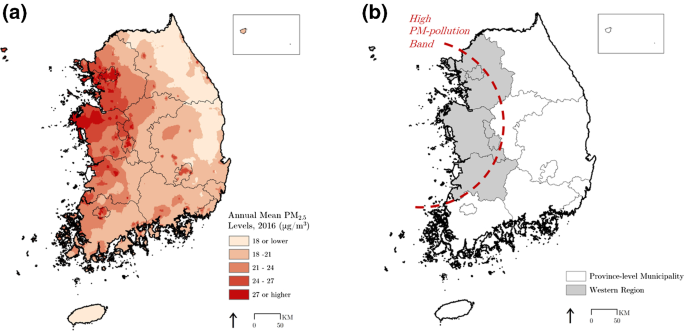
Case Study: FuelX’s Role in Reducing Seasonal Smog Levels
South Korea faces seasonal smog, primarily due to cross-border pollution. The government’s strategies include:
- Pollution Alerts and Cleaner Fuel Usage: FuelX additives can help South Korea meet domestic emission standards by offering a cleaner fuel solution that enhances combustion and reduces pollutants from vehicles and machinery.
Outcome: Stabilized smog levels indicate progress, and with FuelX’s solutions, South Korea can further reduce reliance on high-pollution fuel, improving air quality domestically.
Source: Korean Ministry of Environment
6. Japan: Technological Innovation in Urban Air Quality

Case Study: Tokyo’s Urban Emission Reductions through Improved Combustion
In the 1960s, Japan’s severe pollution required immediate solutions. Today, Tokyo employs a cap-and-trade system alongside strict emissions standards.
- Reducing Vehicle Emissions: FuelX additives can complement Tokyo’s efforts by offering cleaner fuel alternatives, reducing overall emissions from private and commercial vehicles.
- Optimizing Energy Use: FuelX products can assist industries in reducing their carbon footprint, allowing for greater adherence to national emissions targets.
Outcome: Tokyo’s air quality improvements illustrate how FuelX can assist high-density urban areas in reducing pollution.
Source: Japan Ministry of the Environment
7. Germany: Green Energy and Smog Control Initiatives
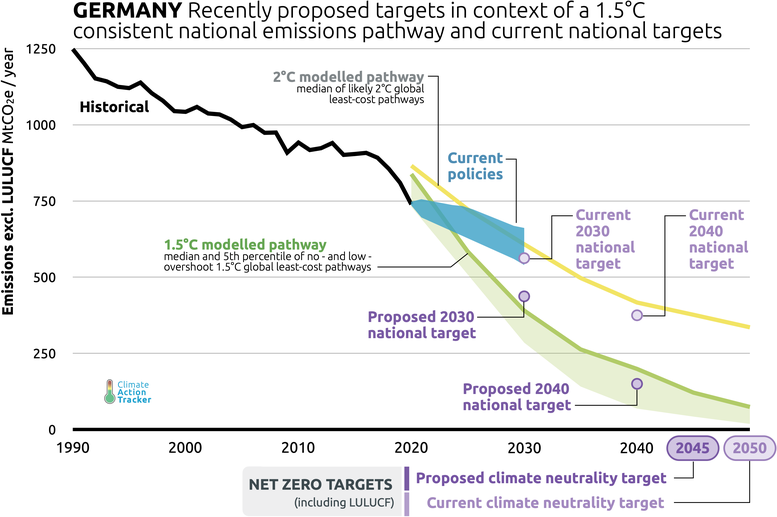
Case Study: Berlin’s Low Emission Zone and FuelX’s Contribution
Germany’s shift to renewable energy is complemented by FuelX’s ability to reduce emissions from fossil fuel-dependent engines:
- Enforcing Emission Standards with Enhanced Fuels: FuelX additives can help optimize fuel efficiency within Berlin’s Low Emission Zone (LEZ), further lowering greenhouse gases and pollution.
- Supporting Green Energy Transition: FuelX provides a cleaner combustion alternative, supporting Germany’s ambitious targets to reduce its reliance on coal and other high-emission fuels.
Outcome: Berlin has experienced a marked reduction in PM10 and NO2 levels, a success story that can be further bolstered by FuelX’s capabilities.
Source: German Environment Agency (UBA)
FuelX: An Essential Tool in the Global Fight Against Smog
FuelX’s Fuel Performance Catalyst (FPC) is an impactful solution, reducing up to 23% in greenhouse gas emissions for vehicles and machinery worldwide. The innovative catalyst improves combustion efficiency, enabling governments, businesses, and individuals to contribute meaningfully to global pollution reduction efforts.
Key Takeaways for FuelX and Global Smog Control
- Policy Backing and Innovation: With stringent standards and innovations like FuelX, countries can make significant strides toward cleaner air.
- Technological Contributions: FuelX’s catalytic solution enhances the effectiveness of traditional fuel, helping regions achieve immediate reductions in vehicle emissions.
- Adaptable Solution for Diverse Regions: From urban centers to industrial areas, FuelX offers a scalable way to reduce emissions without waiting for a complete shift to electric vehicles.
- Supportive of Global and Regional Initiatives: FuelX aligns well with frameworks like the U.S. Clean Air Act, the EU’s Clean Air directive, and other regional policies, supporting a coordinated global effort.
By aligning FuelX with these proven strategies, countries and individuals worldwide can experience immediate and lasting reductions in greenhouse gases and smog, creating healthier environments for future generations.
Sources:
World Health Organization (WHO). Ambient (outdoor) air quality and health. Link
California Air Resources Board (CARB). Advanced Clean Cars Program. Link
National Clean Air Programme (NCAP), India. Link
European Environment Agency (EEA). Air Quality. Link
Korean Ministry of Environment. Link
Japan Ministry of the Environment. Link
German Environment Agency (UBA). Link
